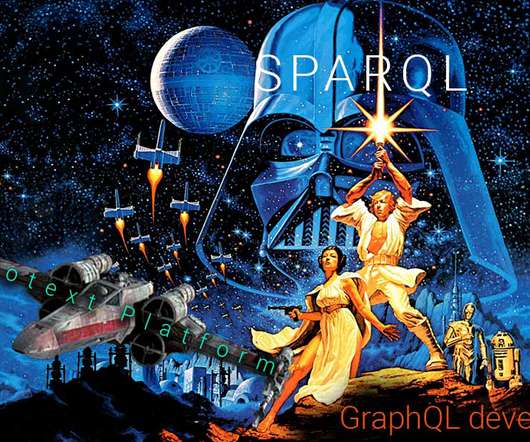Ontotext’s Top 5 Most Popular Blog Posts for 2020
Ontotext
DECEMBER 16, 2020
At the end of an unconventional year, we at Ontotext still want to honor our tradition and provide our readers with a round-up of the most popular posts on our blog. In its third generation, Ontotext Platform enables organizations to build, use and evolve knowledge graphs as a hub for data, metadata and content.














Let's personalize your content